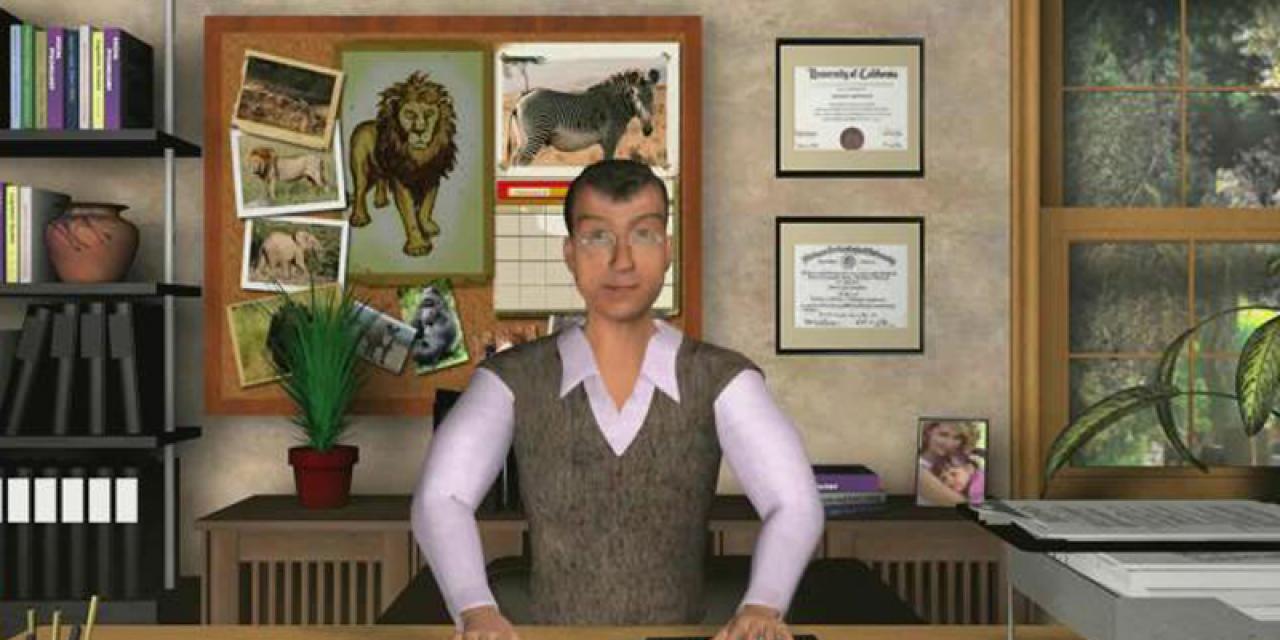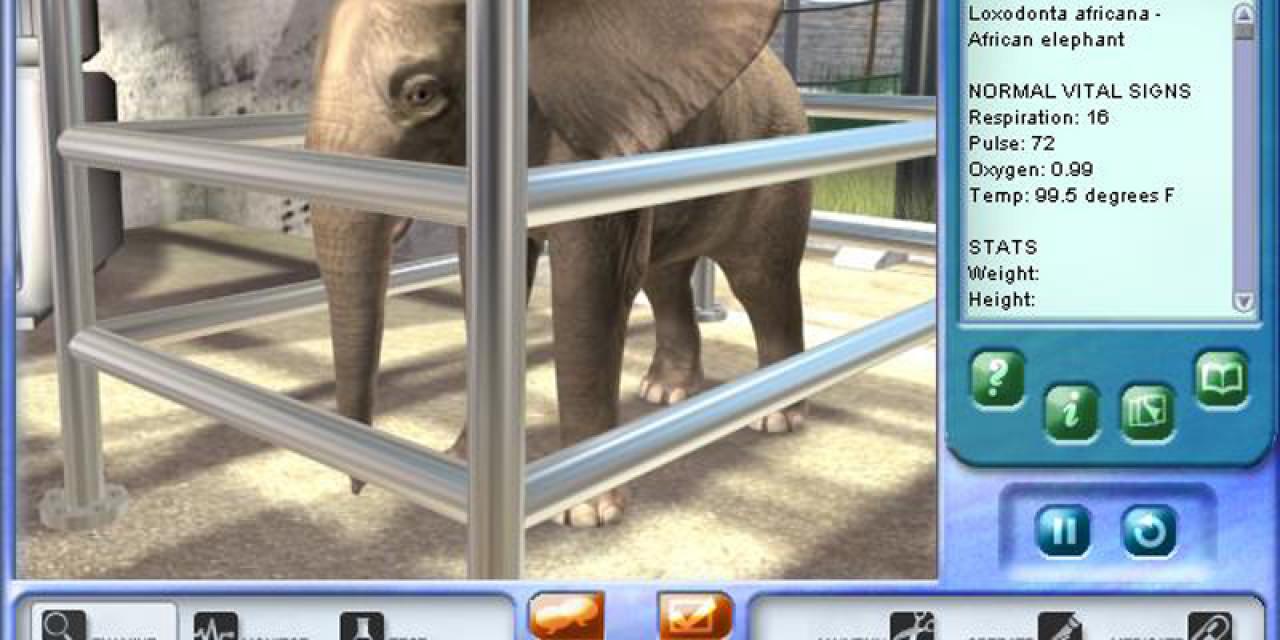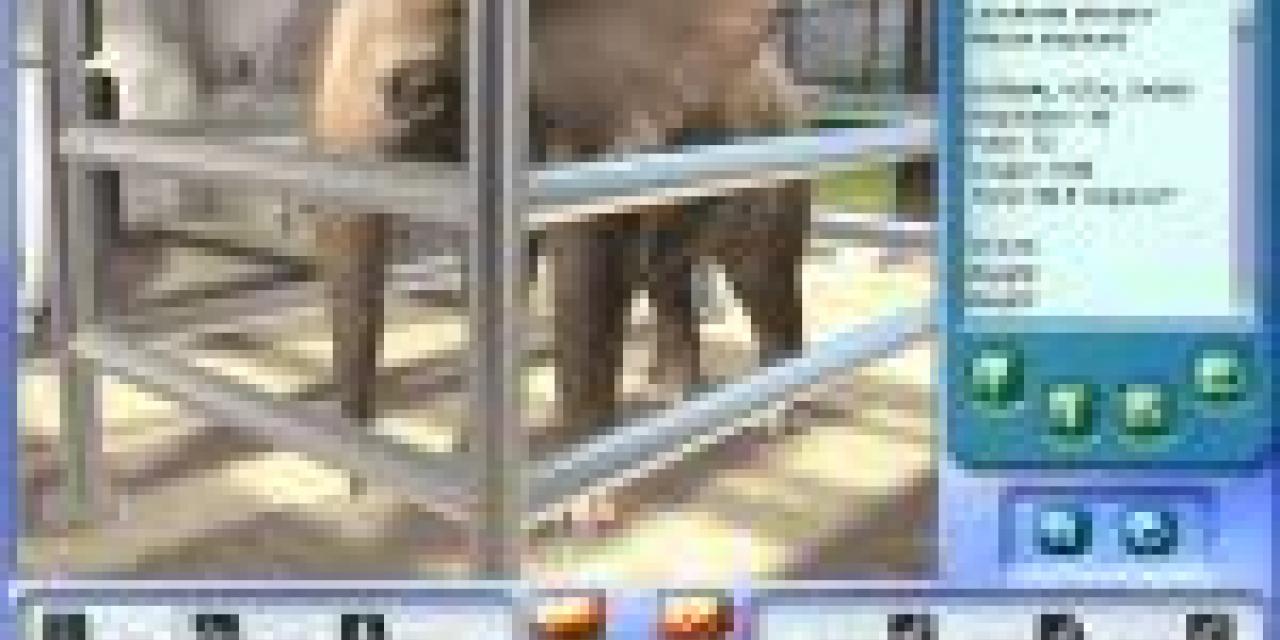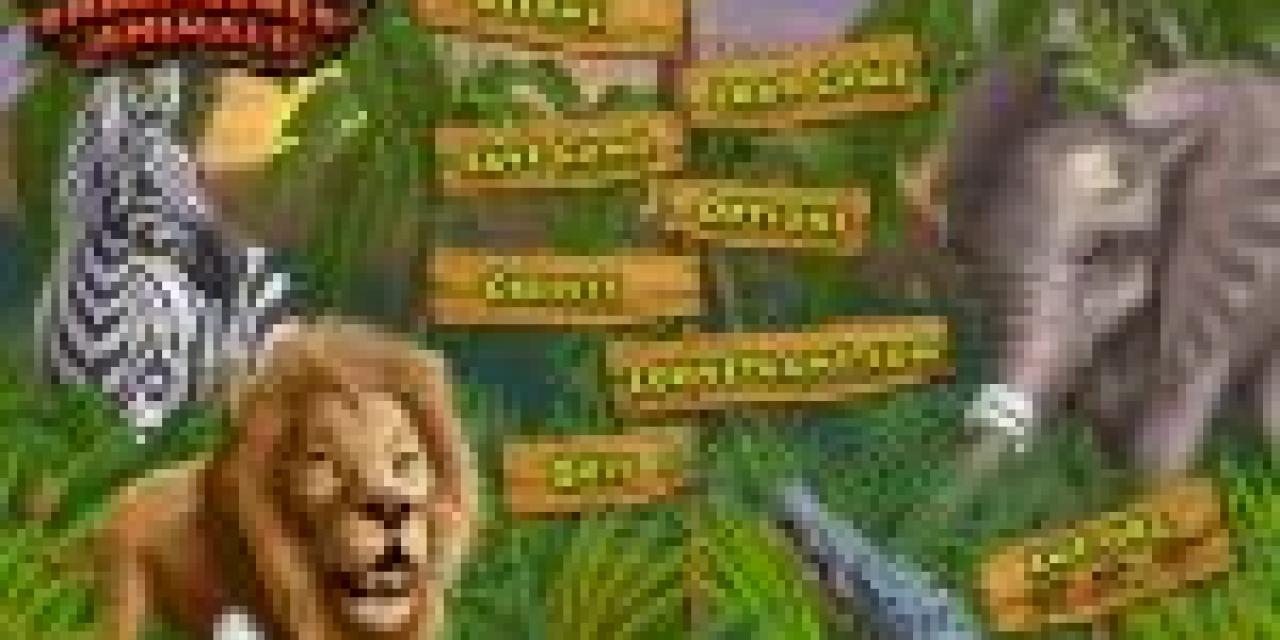







- PC
Beginner:
Patient 1: Crocodile:
Name: Yusmary
Symptoms: Lethargic, not moving
Questions:
1. How is her appetite?
2. Has she been coming into the barn at night?
3. Has she been active?
Collect blood from tail.
Use gauge on chest to use stethoscope
IV fluids from tail
IV meds: antibiotics
Diagnosis: Pneumonia
Patient 2: Baby Elephant:
Name: Harrison
Symptoms: Not eating, inactive
Questions:
1. Has he been eating normally the past few days?
2. How was he yesterday?
3. When did his diarrhea start?
Use ultrasound on the abdomen
IV meds: Anti-inflammatory
IV meds: antibiotics
IV fluids from back leg
Diagnosis: Colic
Patient 4: Grizzly Bear:
Name: Teddy
Symptoms: Cut on left hind leg
Questions:
1. Do you know how it happened?
2. When did this happen?
3. Was there any bleeding?
Shave the hind legs
Listen to his chest
Gauze on the bleeding vessels
IV fluids front leg
Clean the wound with saline
Ligature around the blood vessels
Close the wound
IV meds: Anti-inflammatory
Diagnosis: Infected laceration
Patient 5: Giant panda:
Name: Xi Hua
Symptoms: Hair loss
Questions:
1. What is the problem you are seeing with the female giant panda?
2. Have there been any changes recently in how she is being kept?
3. Does the male giant panda appear to be having any problems?
Biopsy the hairless area around the eyes
Oral med: Anti-parasite medication
Diagnosis: Demodectic mange
Patient 6: Baby Chimp:
Name: Janie Mae
Symptoms: Not walking, swollen joints
Questions
1. Has she started to crawl around on her own yet?
2. Is she eating on her own yet?
3. Is she the only animal in the group with this problem?
X-ray legs
Blood syringe on her hind leg
Vitamin D with medical syringe
Oral med: Vitamin D
Diagnosis: Rickets








